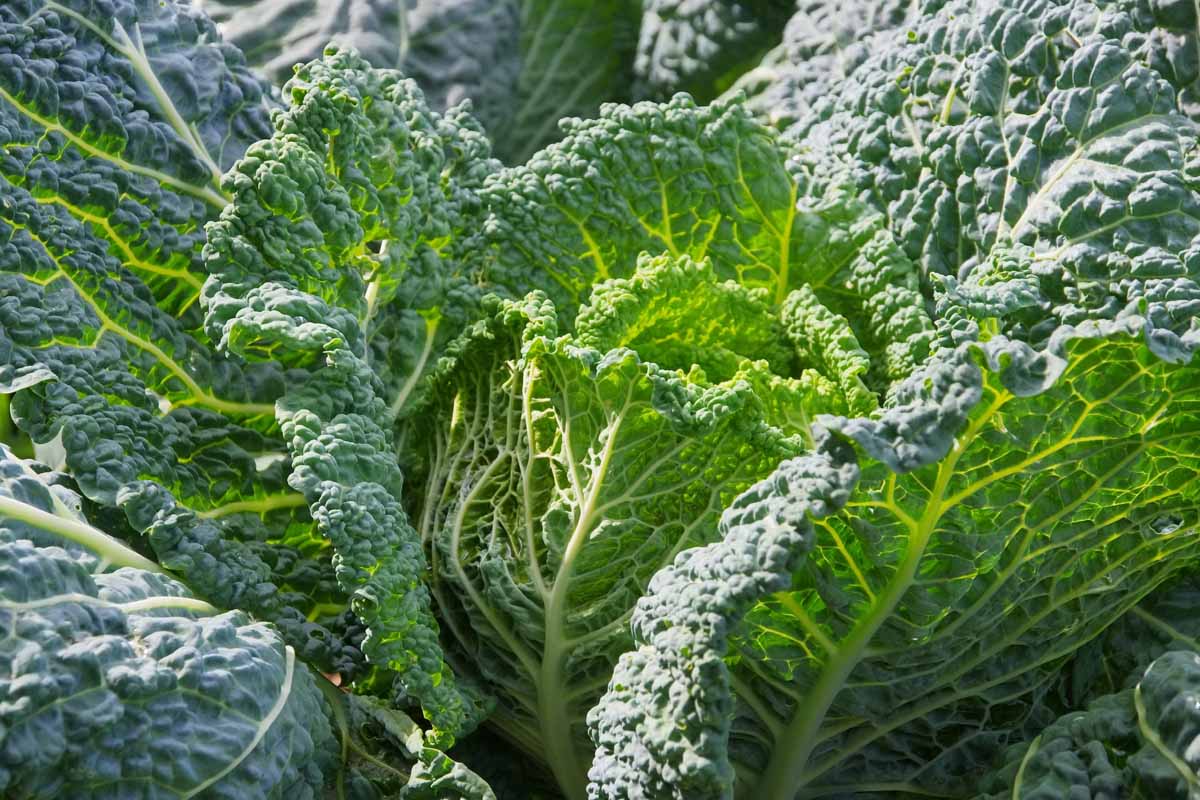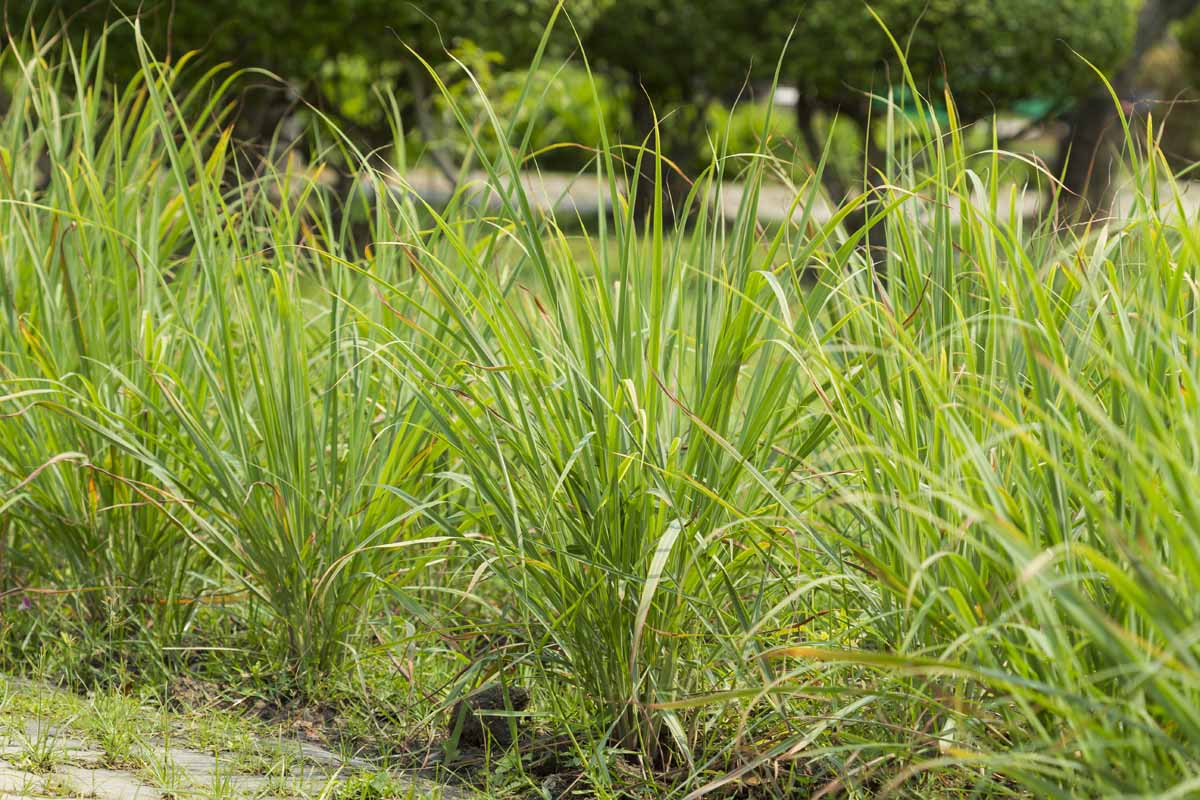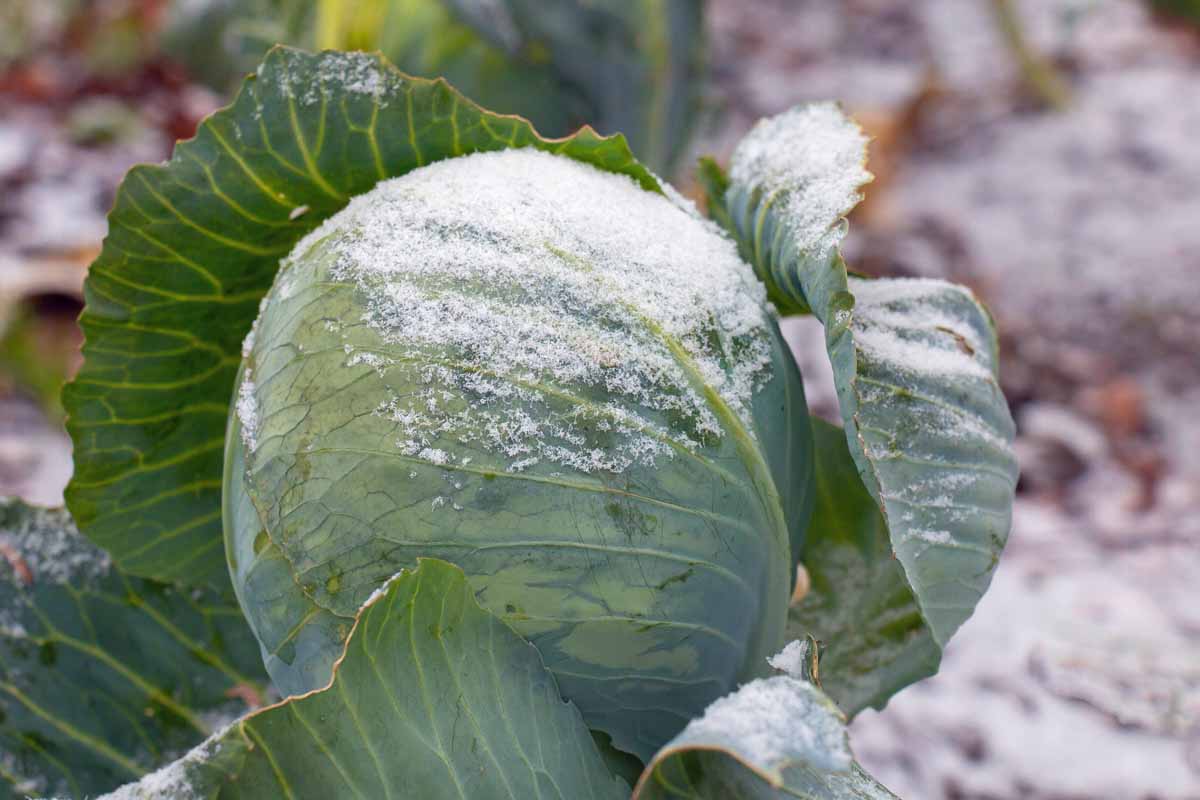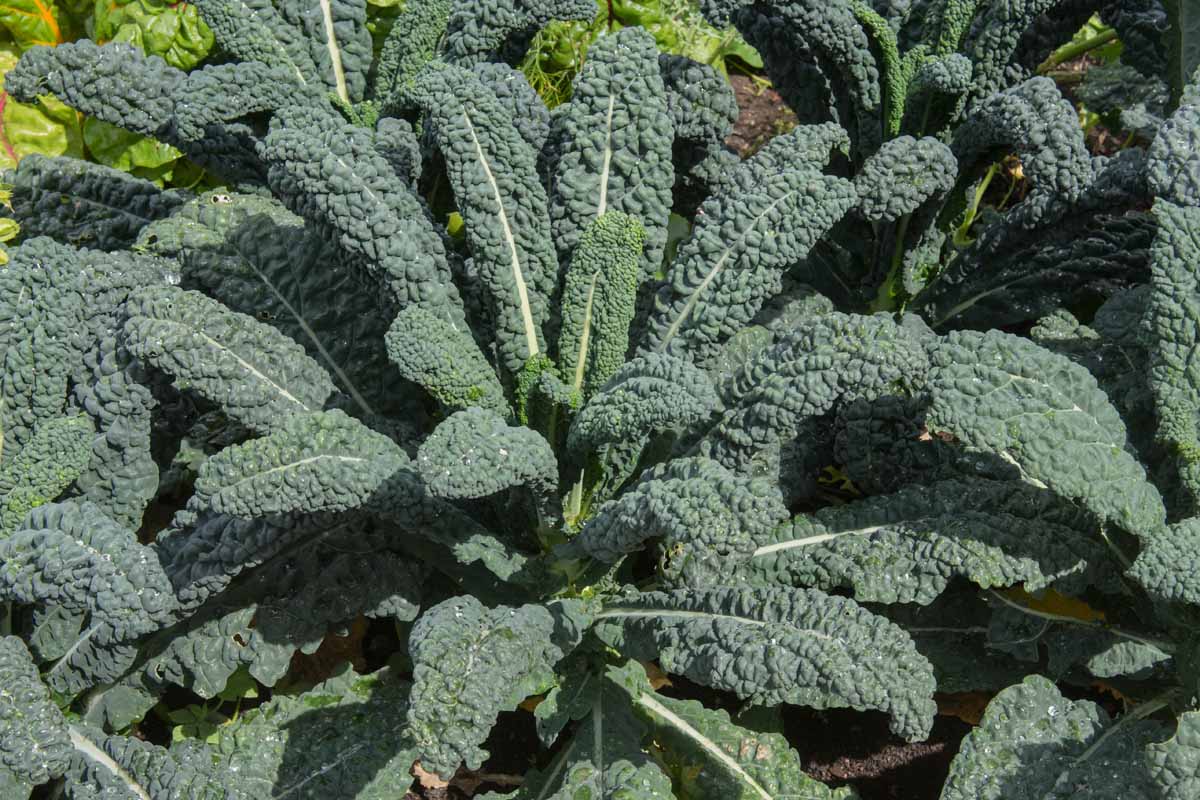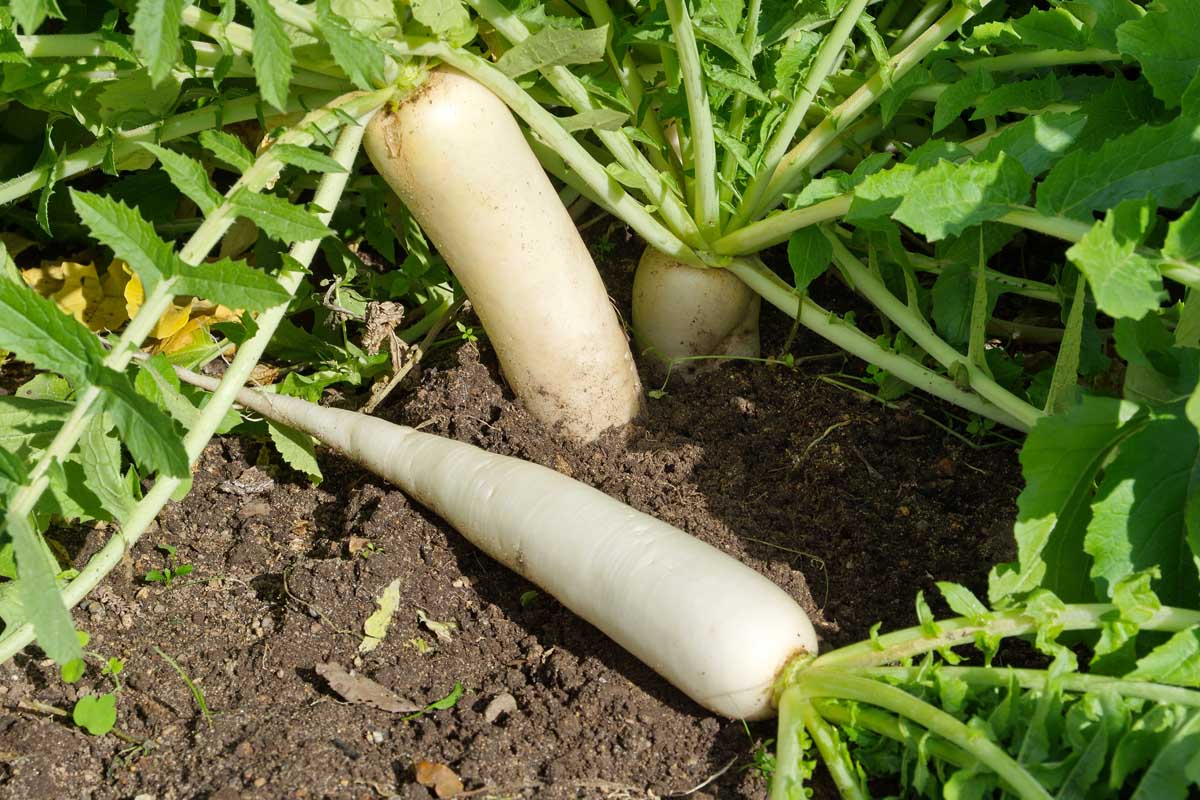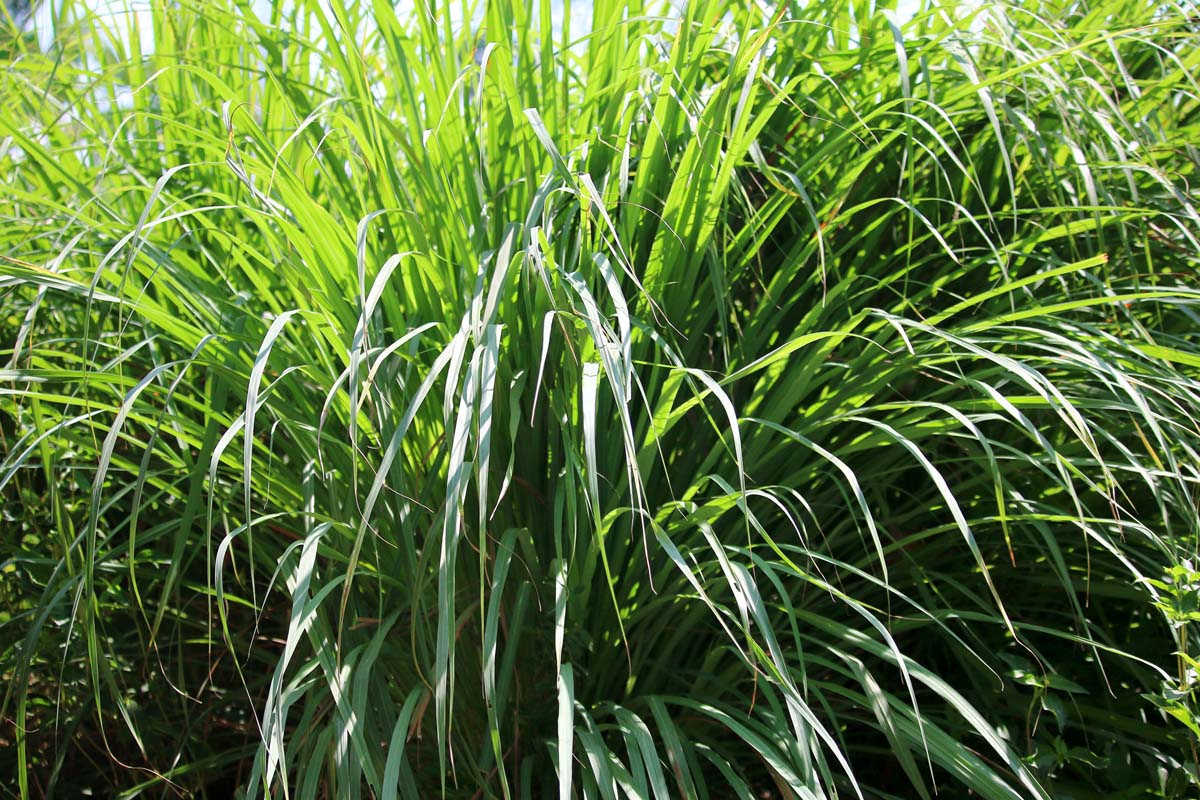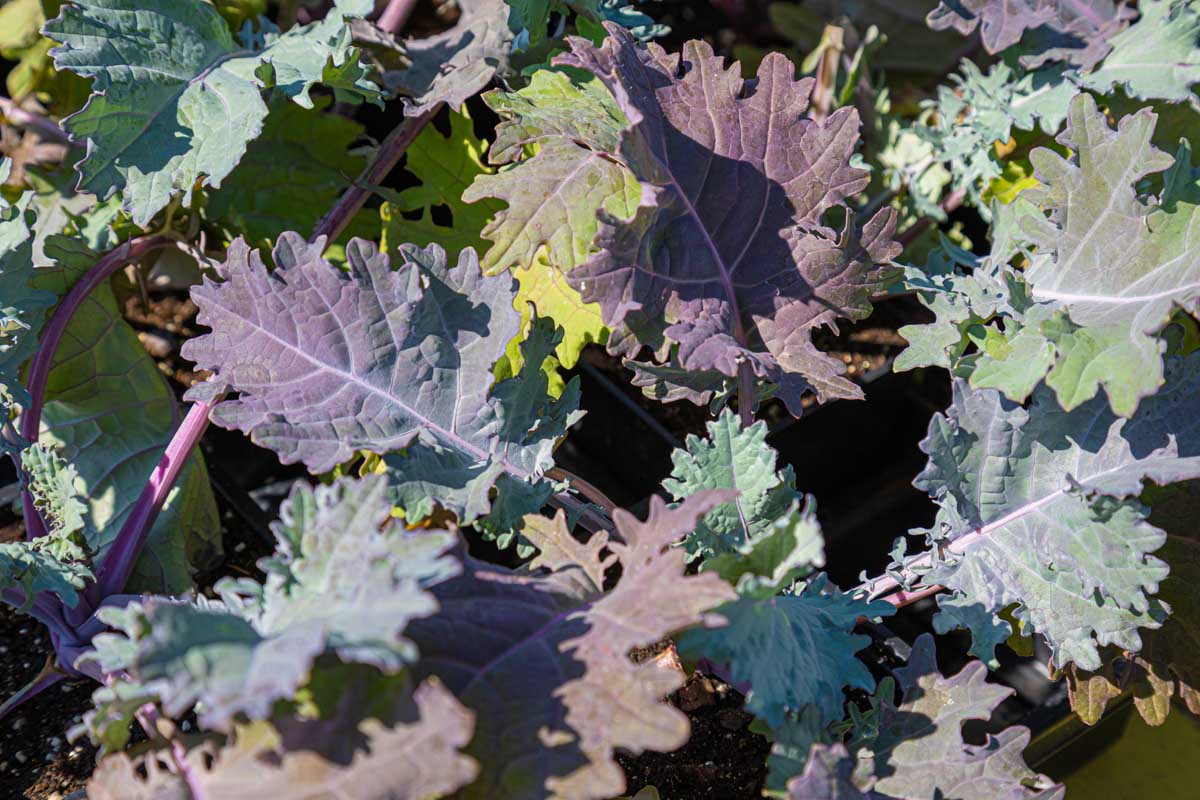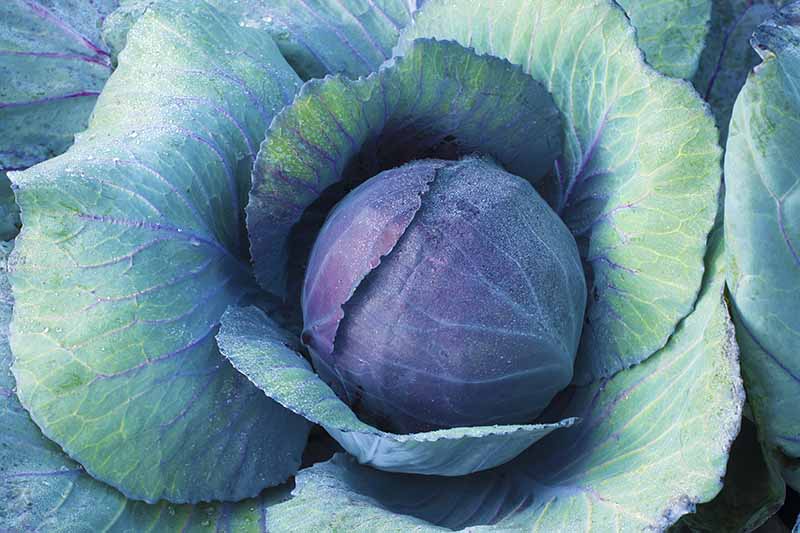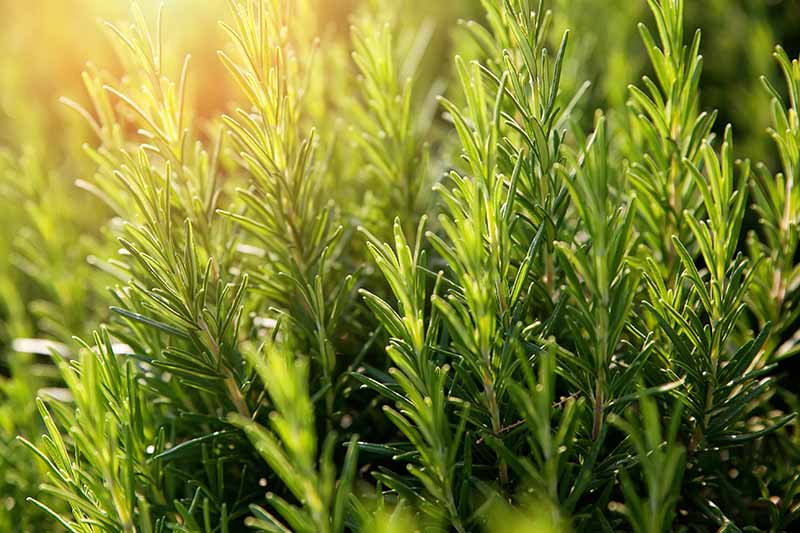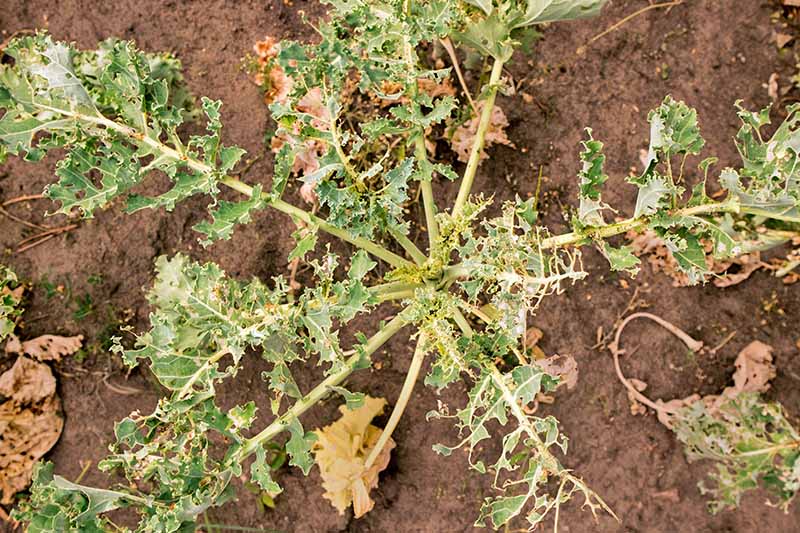How to Plant and Grow Savoy Cabbage
You’ve probably heard of green and red cabbage, but what about savoy? This variety has crinkled green leaves with a sweet flavor. Its deep green color and visually interesting texture make it a beautiful addition to your garden. Crunchy yet tender, this is a fantastic variety for using in slaws. Learn more now.
